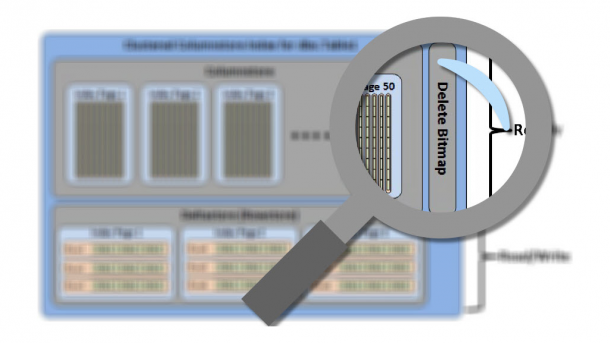The year is 2015, and I’m still surprised by how many people have never heard of SQL Nexus; although it has been available since approximately 2008. SQL Nexus is a tool that that is designed to collect and analyze data to help you troubleshoot SQL Server performance issues. There are plenty of tools on the market that can easily do this, but this one is free and it can be used to monitor SQL Server 2005 through SQL Server 2014. The tool was originally created by the SQL Server product support team, and is still used today as the primary...
Continue reading...Patrick Keisler
SQL Cruise Caribbean 2015 Recap
UPDATED: Don’t just take my word. Read the feedback from others. SQL Cruise Caribbean 2015: More Than A Cruise With Classes. Much More. – Jes Borland SQL Cruise Caribbean 2015 Wrap Up – David Klee Caribbean: The Final Sql Frontier – Mickey Stuewe I wish I could just re-post my article from last year about SQL Cruise and change the dates and pictures.The event is just that good. I still believe this is one of the more premier training events offered for SQL Server. The amount of 1-on-1 time you get with the technical leads is absurd. You can get...
Continue reading...Get Out There and Challenge Yourself
It’s been almost five months since I posted my last article, and so much has changed since then. I have a new job, a new house, a new address, and of course a new mortgage. I had been working as a DBA for Wells Fargo Securities for nearly 15 years when I decided that I could no longer grow in that role. I had a lot of good years at the bank, and I will definitely miss all of my friends. But in order for me to be happy, I really needed a change. My decision to move was more...
Continue reading...PowerPoint Slides Available for Download
I promised that I would post the slide decks for my presentations, and now I have finally followed through on that promise. I have added a new Presentations page that will have downloadable content available from blog articles and presentations.
Continue reading...Monitor the Number of Deleted Rows in a Clustered Columnstore Index
In some of my previous posts, I have talked about how to create Columnstore indexes. Now I’d like to discuss one maintenance detail that you need to keep an eye on. I’m talking specifically about the number of “deleted rows” in a clustered Columnstore index. One of the great benefits of clustered Columnstore indexes in SQL Server 2014 is they are writeable, which means you can insert, update and delete data. This is all well and good, but I think there really should be an asterisk beside update* and delete* with a disclaimer that says something like “Deletes aren’t really...
Continue reading...







